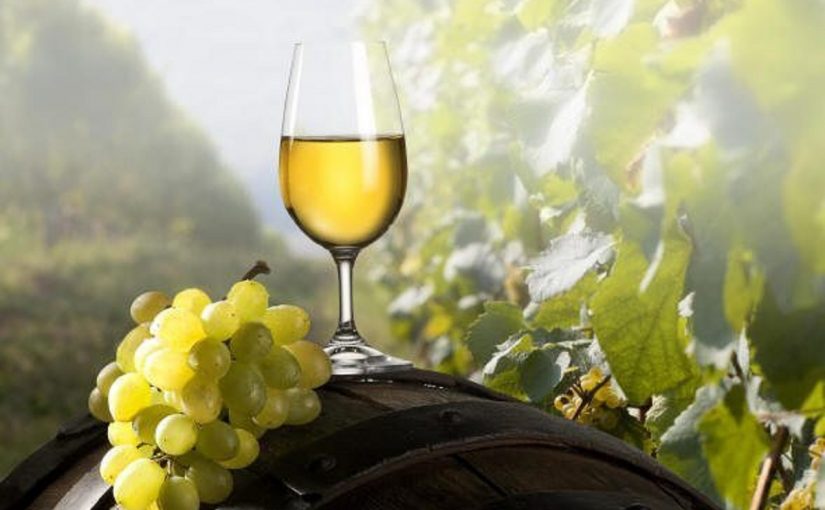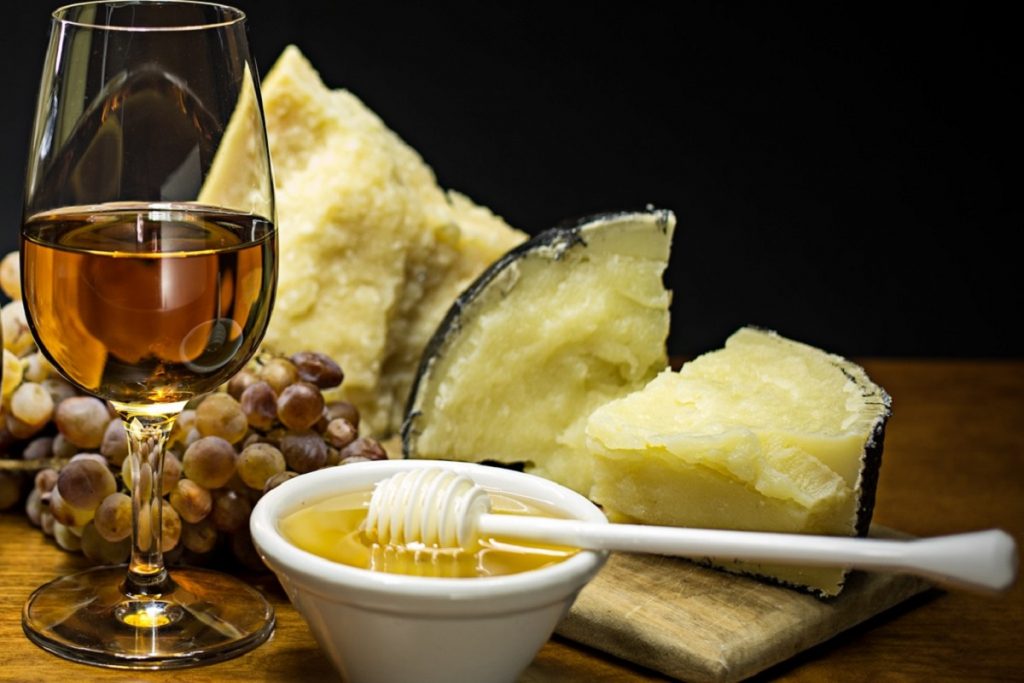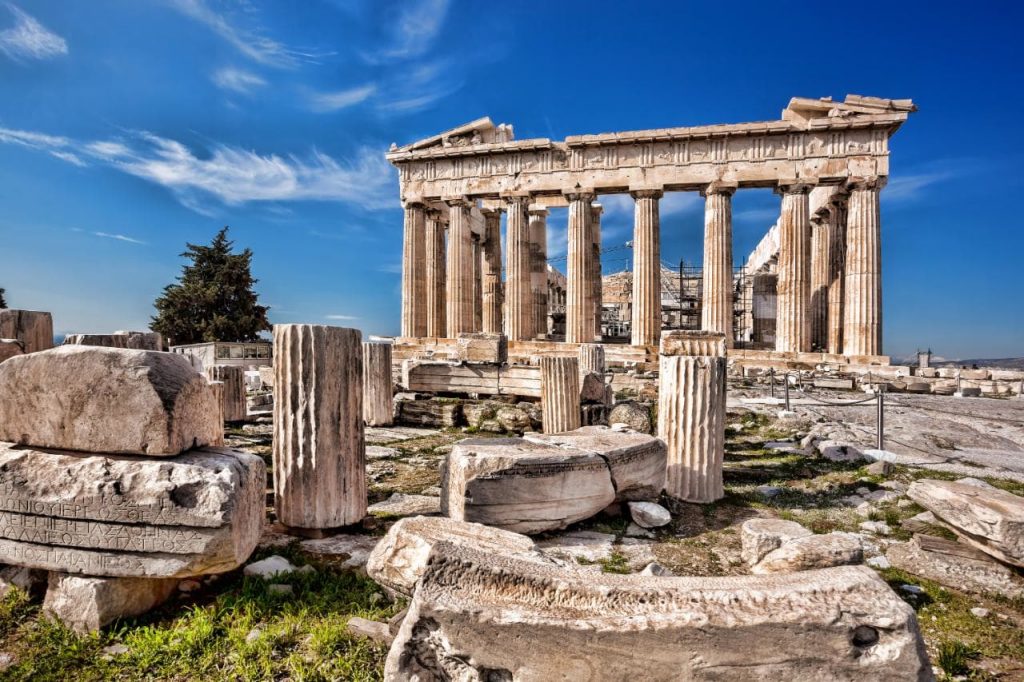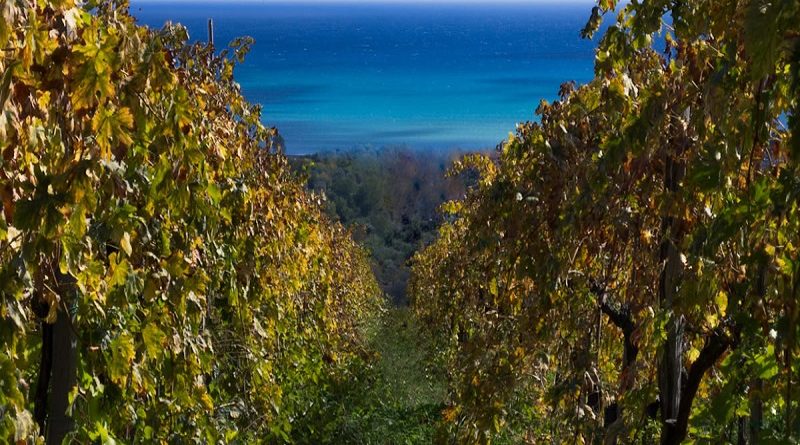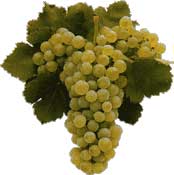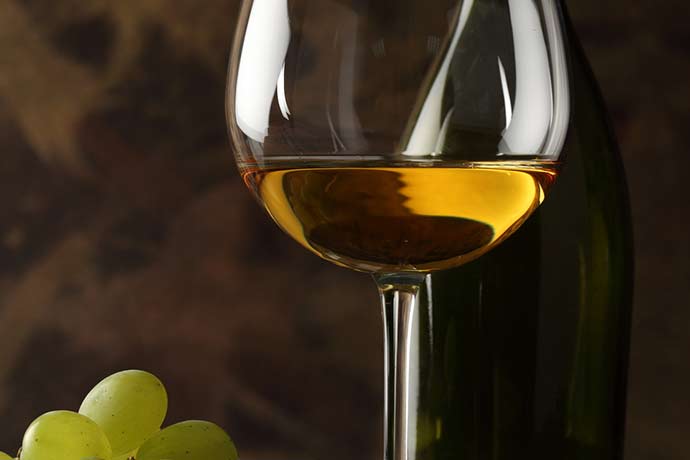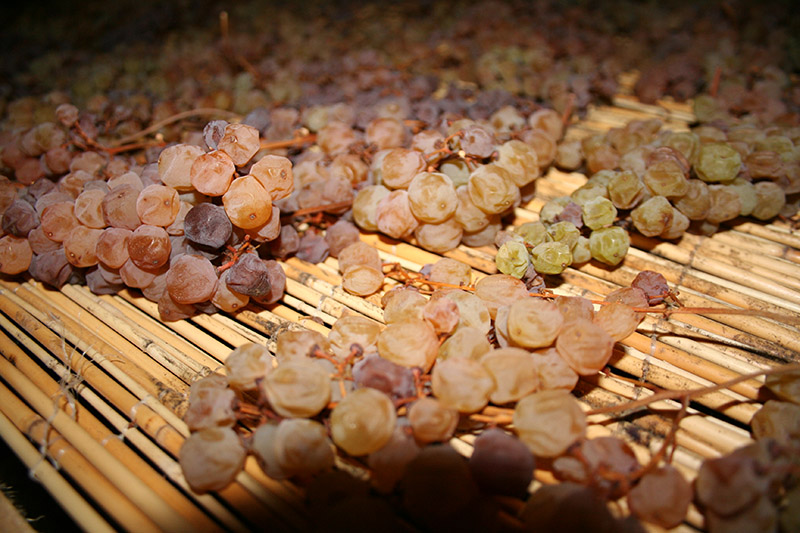24.11.2019
If you think to a wine believed to confer divinatory powers to whom drinks it, then this is that white nectar called “Mantonico“, a white wine coming from a rare native vine of Calabria.
This is another story about Calabria and its cultural and enological richness: let’s discover the Mantonico, the wine of the prophets.
HISTORY, LEGENDS AND MYTHS
Its origins are still little known, but it is said that this grape also arrived with the landing of the first Greek colonists in the 7th century BC on the shores of Locride, or that has been domesticated earlier in the ancient Enotria.
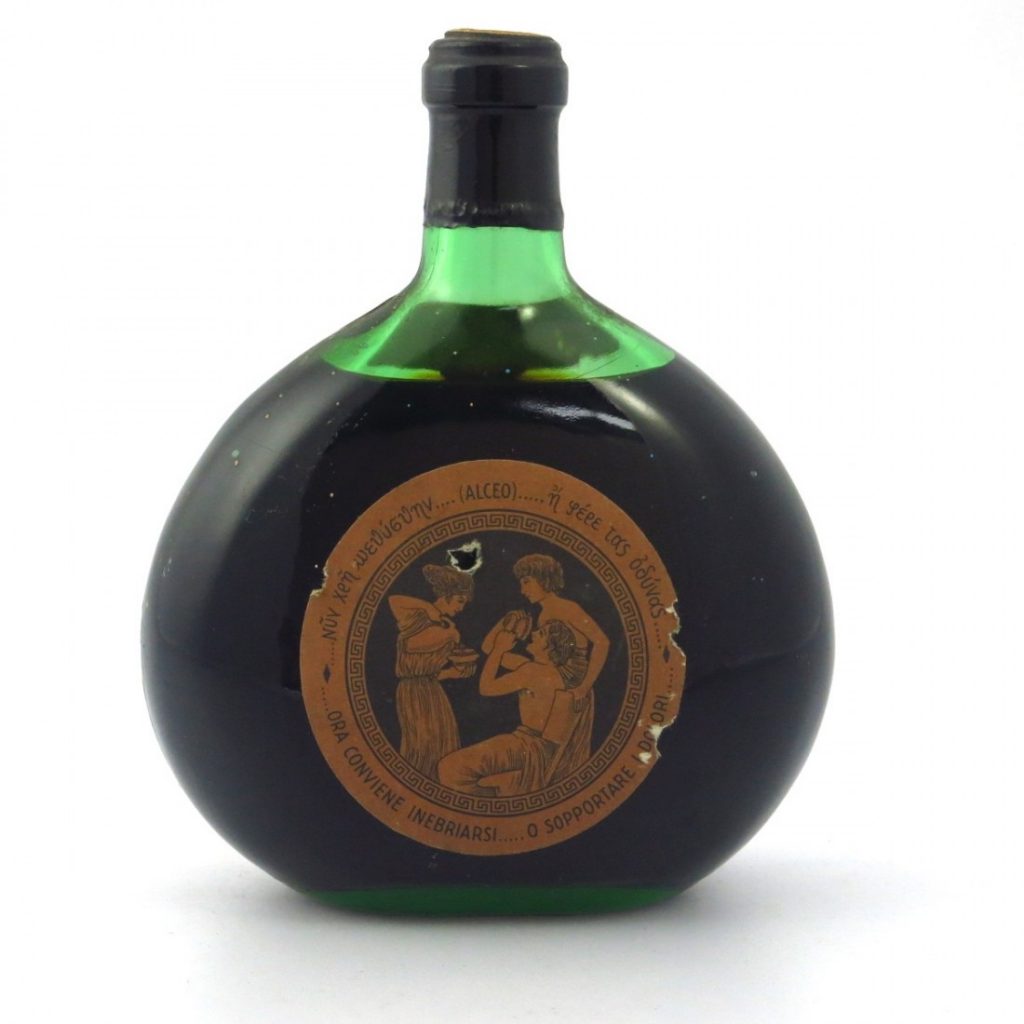
In all probability the name derives from the Greek μαντονικος (mantonikos), from μαντις-εος (mantis-eos), which means “fortune-teller“, “prophet“.
If one drinks it in abundance, can fall into that “state of elation” that in the ancient times generated the power of divination: in classical antiquity one realized communication between the human and the supernatural, through a spiritual contact with the divinity.
Ancient grapes have always characterized myths and legends of the wine world.
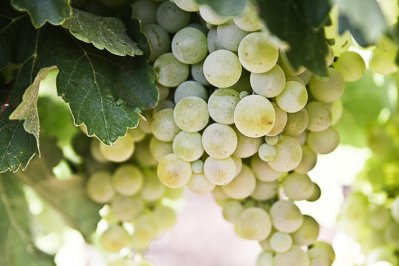
In Calabria, too, as happens with the Greco di Bianco, around Mantonico fascinating stories revolve that tell the oenological roots of the varied biodiversity of the region. This way, Matonico has become a very important autochthonous grape.
This variety is a “niche” for its rarity, but also an element of culture, which remained in history of southern Italy, as evidenced by the traces left by the Dionysian cults, by the orgiastic rites or by the Roman bacchanals.

SMAF LTD
Explore our products, coming from CALABRIA. Order the food and beverage products that allow you to explore the Mediterranean diet of a remarkable region. Surrounded by two seas and adorned with pine forests, mysterious villages, natural habitats, and rich biodiversity. Discover handcrafted delicacies that embody the soul of the land: sun-ripened fruits, premium olive oils, bold wines, artisanal cheeses, and traditional cured meats, all crafted with passion and authenticity.
GEOGRAPHY OF THE VINE
For centuries this Calabrese white grape variety has been confused with Trebbiano and above all with Montonico Bianco which in Ampelographic Bulletins of 1875 is referred to as a permanent plantation in the province of Teramo.
Neither it should not be confused with the Montonico Pinto of the Ionian Calabria.
It is known by numerous synonyms, from Uva Regno to Ciapparone and Caprone, some of these similar to those used to define Montonico Bianco. There is also the red berry variety, but it is not very common.
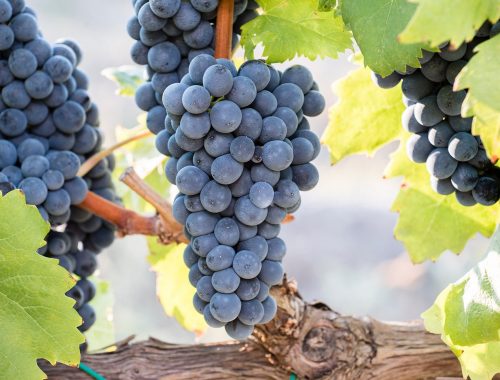
The Mantonico has its ideal habitat in some areas of southern Calabria: its greatest spread is recorded along the Ionian coast, where it covers a total area of about 45 hectares, distributed mainly in the municipalities of Palizzi, Casignana, Locri (where in dialect it is called Mantonacu viru that is “true Mantonico”, to differentiate it from other similar varieties) and Monasterace, all in the province of Reggio Calabria, but also dates back to the Crotone, in the Valle del Neto and in the Marquisate.
These are hilly areas particularly suited to viticulture, with their calcareous-clayey soils and the Mediterranean climate mitigated by sea breezes.
In the past, sapling cultivation was preferred; today, spurred cordon cultivation was widespread; once the Mantonico was mainly intended for export as a table grape, especially towards Northern Europe.
FEATURES
The bunches are stocky and of medium size, while acinus are medium in size, ellipsoid, regular, with a sweet and acidulous taste at the same time, with a resistant and tannic peel of greenish yellow color, but which arrive at late maturation with a beautiful golden yellow. These characteristics have favored the use of the ancient technique of drying the grapes on racks before proceeding with the vinification, thus obtaining a sweet and concentrated nectar, as happens with the Greco di Bianco.
Thus was born another “meditation wine“, of a golden yellow with amber reflections, with intense notes of flowers, candied fruit (apricot, citrus), honey and dried fruit, delicious on the palate, fresh, savory and velvety.
Excellent at the end of a meal together with aged cheeses or dry pastry desserts, such as mostaccioli.
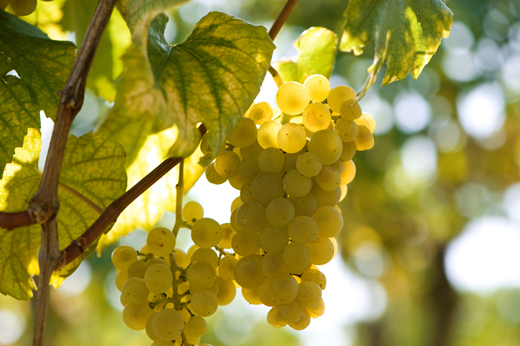
Another Calabrian enological pearl that has recently been revalued and enhanced not only in the passito version but also in the dry version.
If it is dry vinified (which happens in very few wineries), it produces a wine with a pale yellow color, but with fine and elegant floral hints, fruity citrus, peach.


